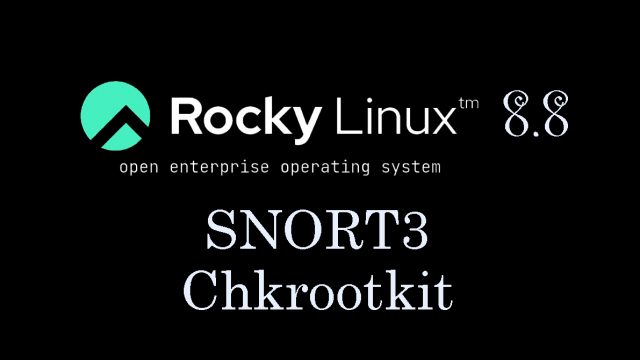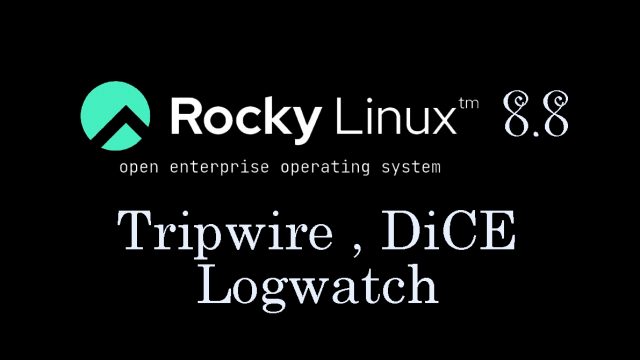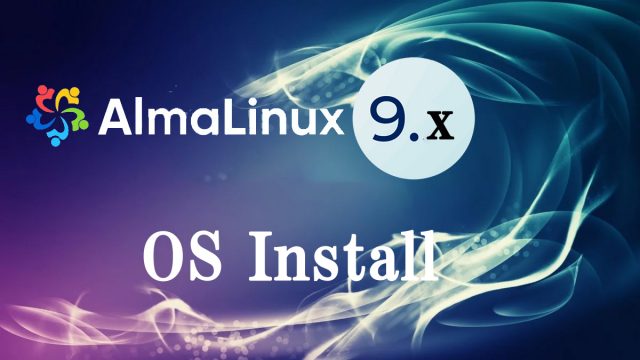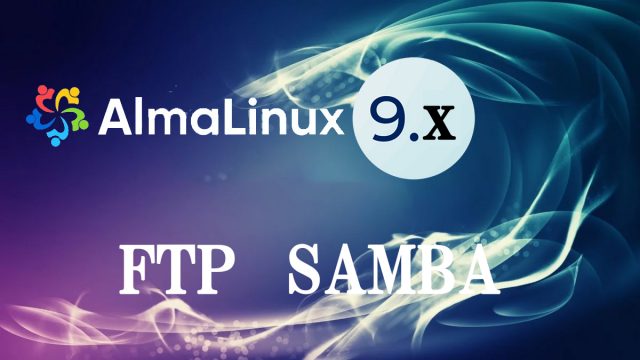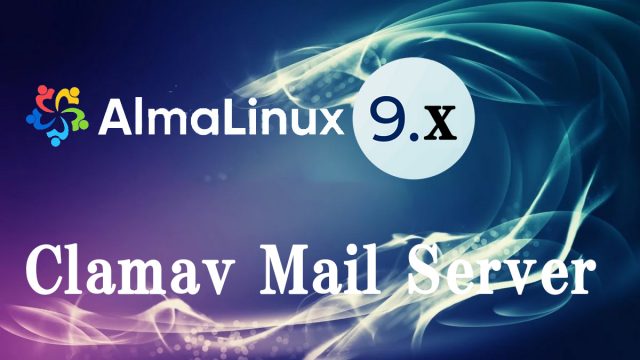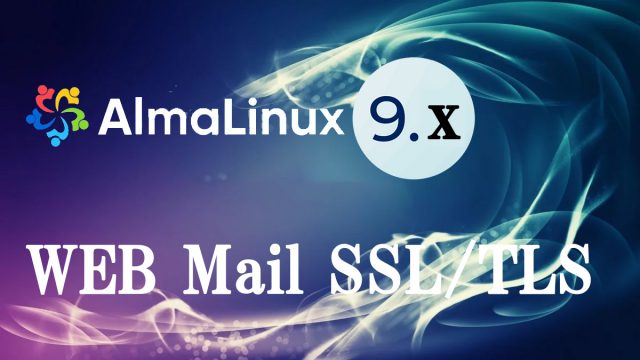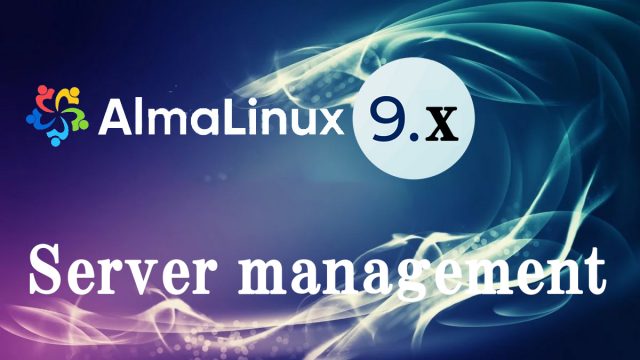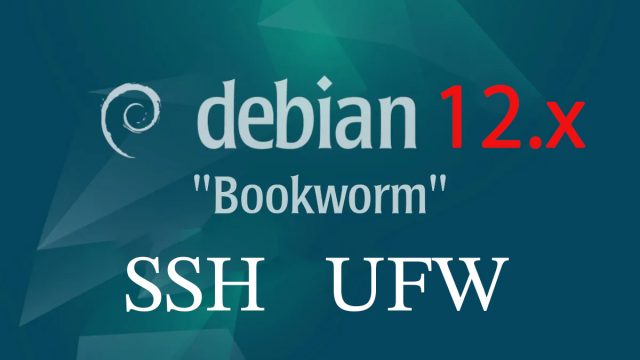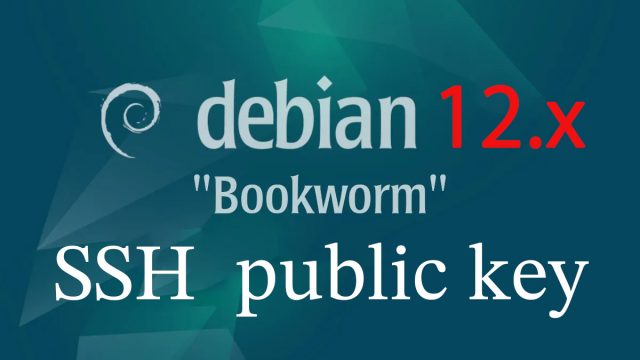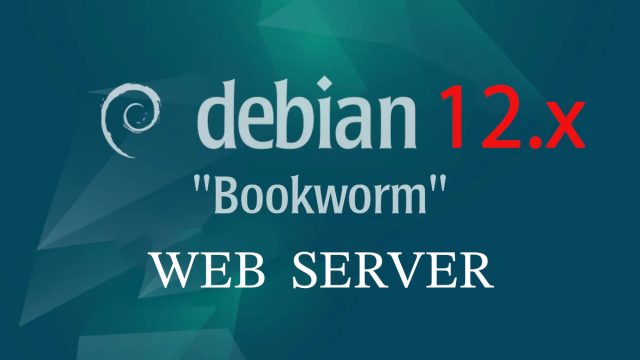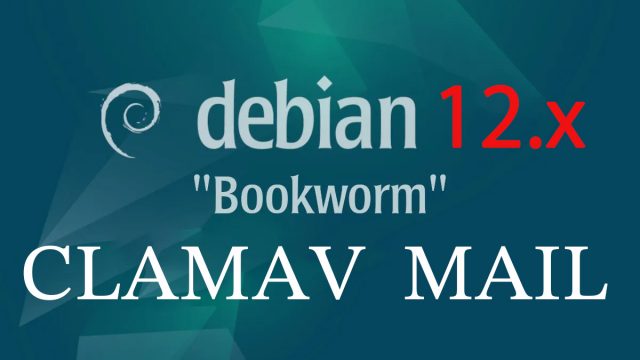AlmaLinux9.4 : OS Install , Various settings
1.AlmaLinux 9.4AlmaLinux OS is a project launched by CloudLinux in the US as an alternative to CentOS. Currently, the AlmaLinux OS Foundation is the development parent organization.Following the general availability of Red Hat Enterprise Linux 9.0, AlmaLinux 9.0 was released on May 26, 2022.Like Red Hat Enterprise Linux 9, AlmaLinux 9 utilizes the same package versions as the Linux 5.14 kernel, GCC 11, Python 3.9, and RHEL9.Cockpit web management interface, enhanced kernel live patching, improved container and cloud integration, OpenSSL 3, and other security improvements.This time we will install AlmaLinux 9.4 with a minor upgrade on May 4, 2024.1.1 AlmaLinux 9.4 DownloadFor the AlmaLinux 9.4 installation image, go to the following site and download "AlmaLinux-9.4-x86_64-dvd.iso".https://ftp.jaist.ac.jp/pub/Linux/almalinux/9.4/isos/x86_64/
2024.08.23
Almalinux9.4_en
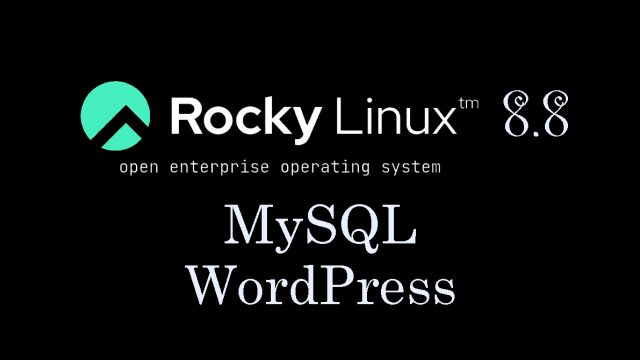 Rocly Linux8.8_en
Rocly Linux8.8_en 
